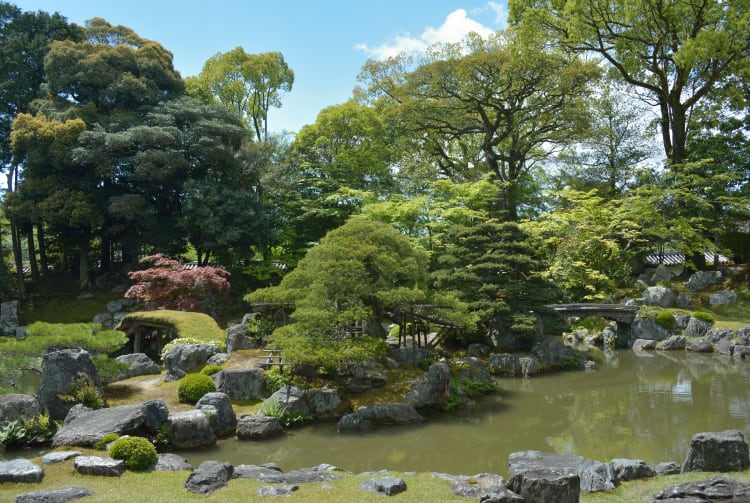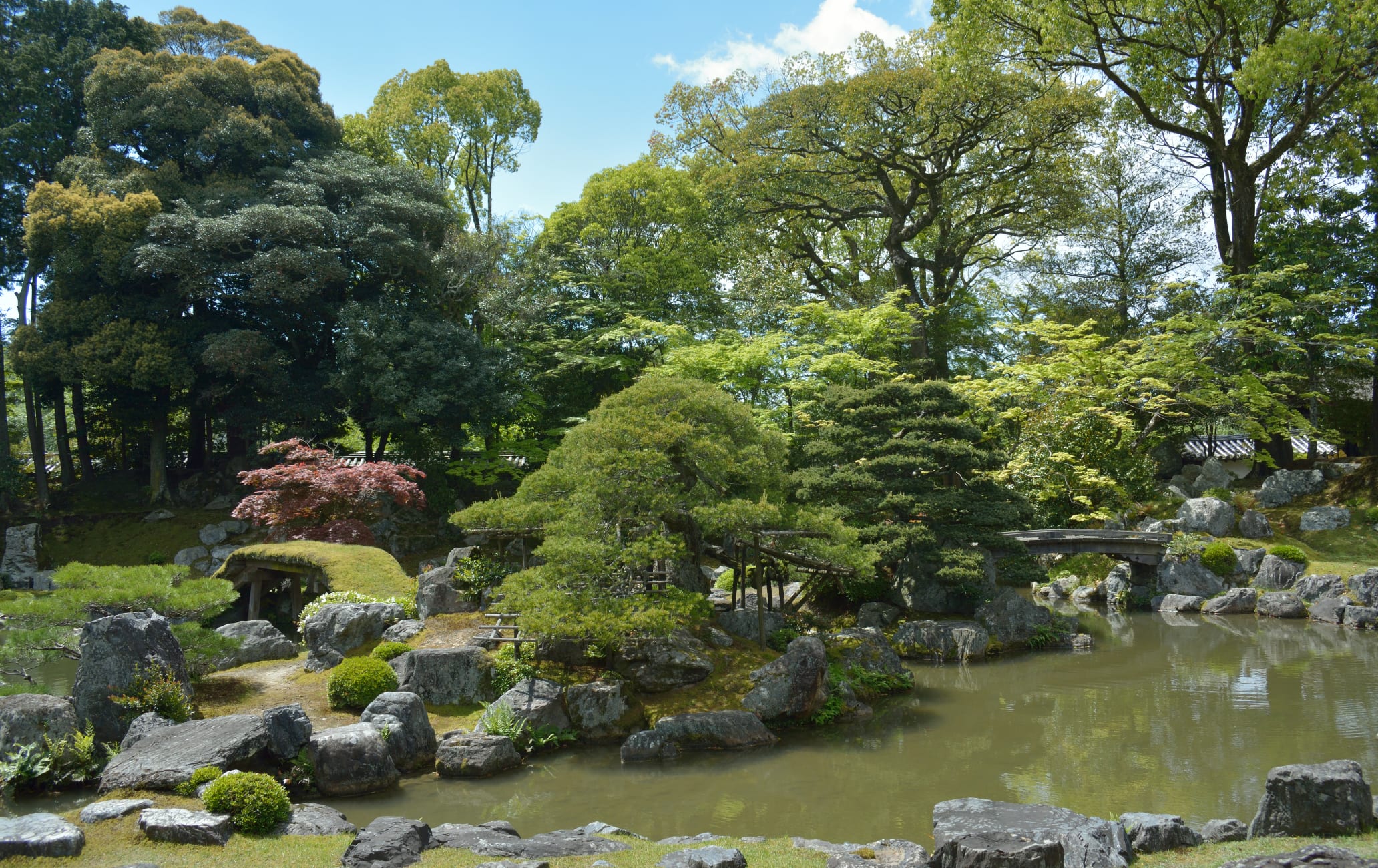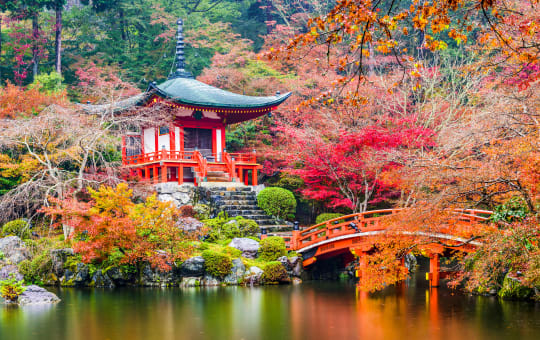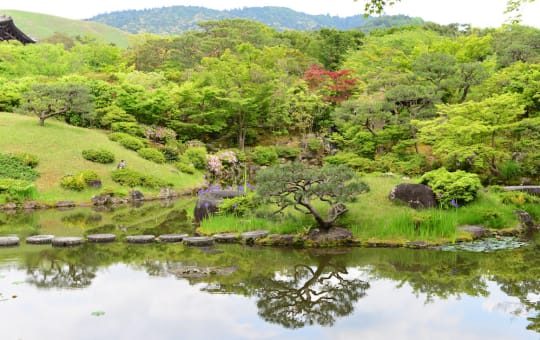A humble temple hideaway with an ornate garden
A sub-temple of Daigoji in the southeast of Kyoto, Sanboin Temple is home to a garden designed by Toyotomi Hideyoshi.
How to Get There
From Kyoto Station, take the JR Biwako Line or the Kosei Line to Yamashina Station and transfer to the Tozai Subway. Alight at Daigo Station and walk for about 13 minutes. Alternatively, take a bus from either Kyoto Station or Yamashina Station and alight at Daigoji or Daigoji-mae.
Quick Facts
The Fujito Ishi rocks in the temple garden are so famous there is a classic play about them
The temple was originally built in 1115
The garden was designed to be admired from within the rooms of the temple buildings
A picturesque temple with a long history
The temple was founded in 1115. In the fifteenth century it was destroyed during the Onin War. However, it was reconstructed at the end of the sixteenth century under the guidance of warlord Toyotomi Hideyoshi. The temple's Omote-shoin is a National Treasure, and its interior and the interior of the Chokushi-no-ma are decorated with painted works by artists in the Hasegawa and Kano schools.
The garden's famous stones
There are around 800 stones in the garden and they were gathered from feudal lords around the country. Among them, the Fujito Ishi were brought from Hideyoshi's private residence, Jurakudai. They are famous for having been owned by some of the most powerful figures in Japanese history, and there is even a Noh play about them.


Built for the view
The garden is around 5,000 square meters. It was designed to be viewed from within the Sanboin, with the pond at the center of the garden, as per Hideyoshi's instructions. From the main room of the temple, you can see a waterfall, an island and multiple bridges across the pond.
The Sanboin garden includes a karesansui garden, which is a typical Japanese rock garden meant to imitate aspects of nature, such as rolling hills and water. There is also a garden composed only of moss and white sand.
* The information on this page may be subject to change due to COVID-19.


































































